It’s been half a decade now since the launch of Google’s first-ever A-series phone, the Pixel 3a. Over the years that followed, Google has taken bits and pieces from its many flagship phones and incorporated them into its line of midrange handsets, with the Pixel 8a being the latest iteration of this once wallet-friendly hardware line.
We say “once” because like the Pixel 7a, the 8a is one of the more expensive devices that Google has launched, with a 500-dollar price tag attached to it. To be fair though, it does come with some features found in the latest flagship Pixel 8 series, but do its compromises outweigh its upgrades? Let’s take a look.
Pixel 8a Hardware Specs
- 6.1-inch OLED display, 1080 x 2400 resolution
- 120Hz refresh rate, up to 2,000 nits peak brightness
- Gorilla Glass 3 display, IP67 rating
- Tensor G3 chipset, Titan M2 security coprocessor
- 8GB RAM, 128/256GB internal storage
- 4,492 mAh battery
- 18W wired charging, 7.5W wireless charging
- 64MP primary camera, 13MP ultra wide, 13MP front
Design and Display
![]()
One look at the Pixel 8a and it’s obvious that Google has introduced some new design elements into the phone, while at the same time keeping things consistent with the rest of its Pixel lineup. The rounded form factor seen on the Pixel 8 and 8 Pro is present here, as is the metal frame and camera bar around the sides of the phone. Instead of a glossy back though we do get a matte finish, which feels a lot better and is more resistant to fingerprints.
One big update though is the display – it’s still relatively small at 6.1 inches, although there’s a much smoother 120Hz refresh rate now, and it gets super-bright at up to 2,000 nits of peak brightness. It’s easier to view outdoors, and the improved refresh rate means that you get a better-looking experience when using your phone.
![]()
Unfortunately though, durability stays the same as on last year’s Pixel 7a – the Pixel 8a retains the IP67 rating instead of IP68, and Google has decided to stick with Gorilla Glass 3 instead of Gorilla Glass Victus for the display. Other than that though, it still feels like a solidly-built device, although if you want to add some protection Google does sell a first-party case which is designed specifically for the Pixel 8a.
The Pixel 8a also comes with secure face unlock, meaning that you can use it for banking apps and transactions, making it one of the very few Android phones (in addition to the 8 and 8 Pro) to have this feature.
Performance and Software
![]()
As for performance, there’s a Tensor G3 chip inside, the same flagship SoC found on the Pixel 8 and 8 Pro. It’s accompanied by 8GB of RAM, and a choice of either 128 or 256GB of storage, the latter of which is only available when you buy the black (aka Obisidian) variant of the Pixel 8a. For day-to-day use, the Pixel 8a manages to get things done as expected – this is after all a phone running on a fairly-recent chipset.
Day-to-day use such as navigating through my different apps, multi-tasking, and even gaming were easily handled by the Pixel 8a, without any issues concerning app restarts, stutters, and such. Perhaps one thing to note however is that like its predecessors, the Pixel 8a still gets warm when using mobile data, or when using the camera for extended periods of time.
![]()
For software, the phone ships with Android 14 onboard, and Google promises that it’ll come with up to seven years of software support, which will be very ideal for people who like to keep their phones for a long time. As always, the mostly-clean version of Android inside the Pixel 8a is one of the major highlights of the phone, and will appeal to people who want a no-nonsense Android device without unnecessary bloatware and third-party software.
Also with this being a Pixel phone, you get access to a number of Google-exclusive tricks such as call screening, spam message filters, “Now Playing,” and the addition of new AI features like AI wallpapers, and Magic Editor. They’re pretty handy features to have, and help the Pixel 8a stand out from a sea of otherwise dime-a-dozen midrange smartphones.
Camera Quality
Camera is where most Pixel devices shine, and the Pixel 8a is no exception. With that in mind though, it should be said that the 8a reuses a lot of the same hardware on last year’s Pixel 7a. There’s a 64MP main camera leading the charge, which is accompanied by a 13MP ultra wide sensor, and a 13MP front camera.
If you’re familiar with how Google’s computational photography handles pictures, then you can expect more of the same on the Pixel 8a. Photos have that signature “Pixel look” to them, with generally warm tones, decent dynamic range, as well as a good amount of exposure, even in low-light scenarios. Unlike the Pixel 8 Pro, the 8a lacks a telephoto lens so there are some limitations as to how you can shoot photos; in general though, it is a capable performer.
As for video, the Pixel 8a can record footage at a maximum of 4K at 60 FPS on the main camera, and 4K at 30 FPS on the front camera. Video quality is mostly decent with great stabilization and color temperatures that mimic what you’d find on still photos. However it does occasionally struggle in less-than-ideal lighting conditions, which should be taken into consideration.
Battery Life
As for battery, the Pixel 8a comes with a 4,492 capacity unit on board, which is slightly larger than the Pixel 7a’s battery. I was able to get mostly decent battery endurance with the Pixel 8a, with similar screen time compared to when I was using the regular Pixel 8. One issue with Pixel phones however is that they tend to drain a lot faster when using mobile data, which is the same case here.
For charging, the Pixel 8a unfortunately comes with a slow 18W wired charging speed, and 7.5W wireless charging – this is the same configuration as on the Pixel 7a, and it’s a missed opportunity for Google not to have included faster charging on this year’s budget Pixel.
Conclusion
![]()
So is the Pixel 8a worth spending your money on? In any case, the Pixel 8a packs a lot of great improvements, and while it’s not perfect it does show that Google can play more competitively against rival brands when it wants to. For $500, you’re getting some pretty nice upgrades with the 8a, and key factors such as the better-looking display, improved chipset, as well as the consistently-good camera performance are great reasons to get one.
However, it should also be mentioned that the Pixel 8 regularly goes on sale for around the same price as the Pixel 8a, which is something to keep in mind. There’s also the Pixel 7a which is a lot cheaper by now, and still offers considerable upgrades over older Pixel devices. With that said though, the Pixel 8a can go lower with carrier deals and trade-ins, so do consider that as well.





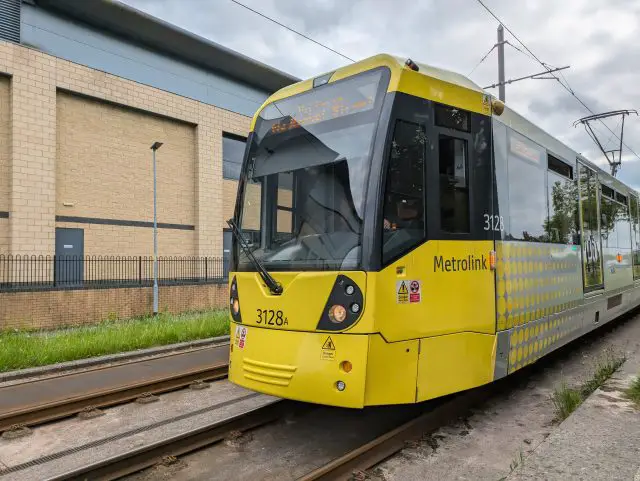


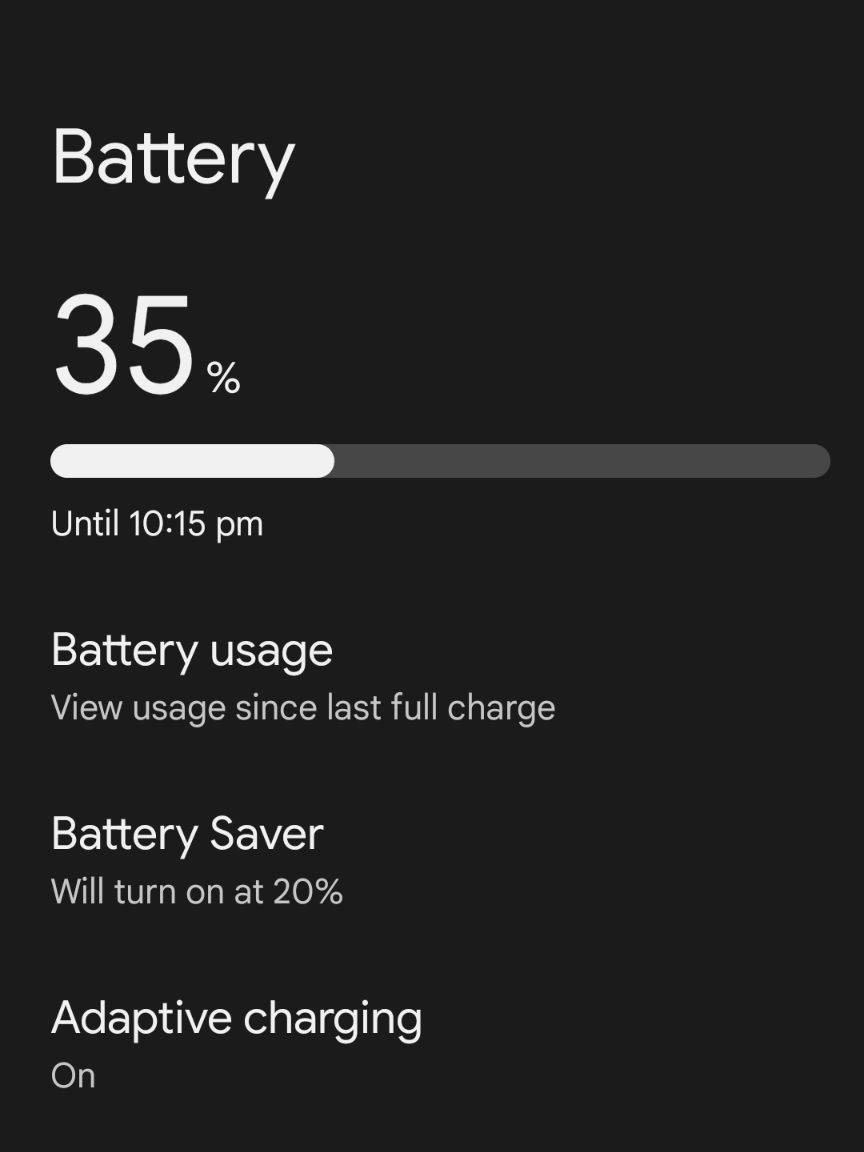
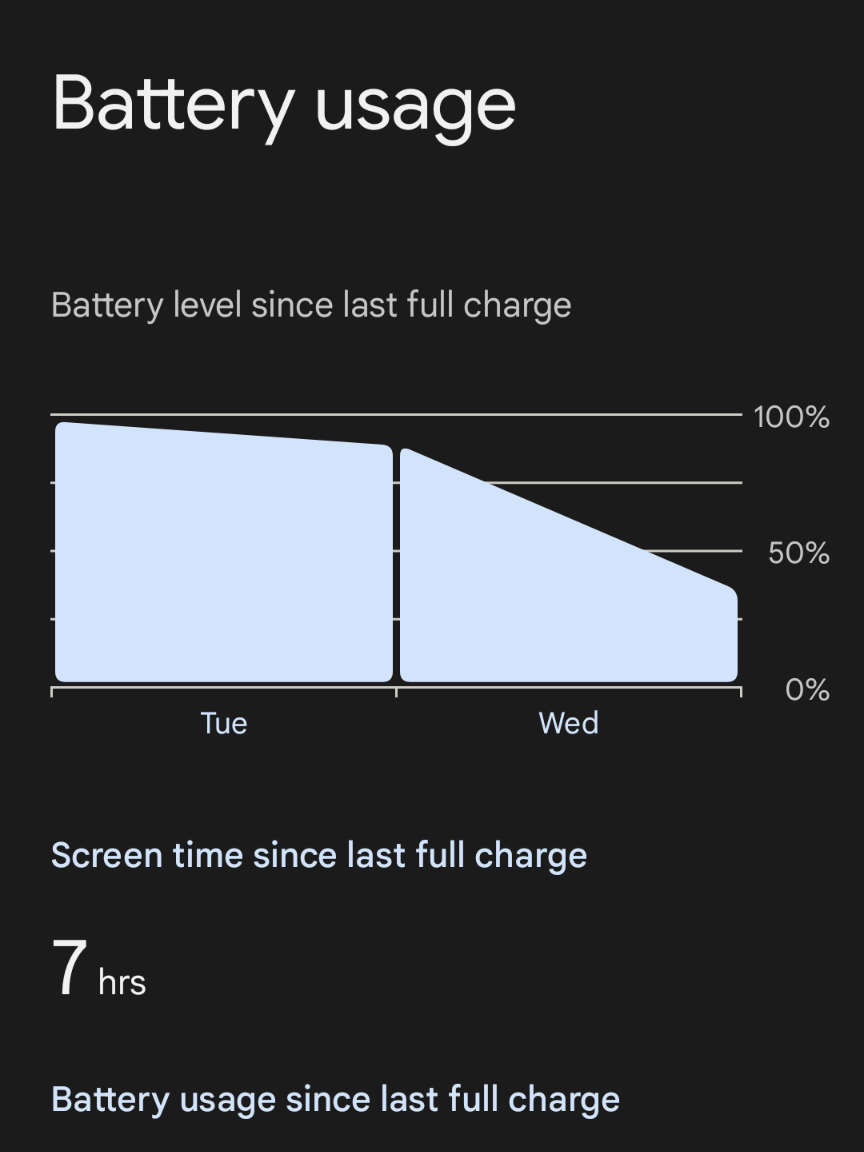
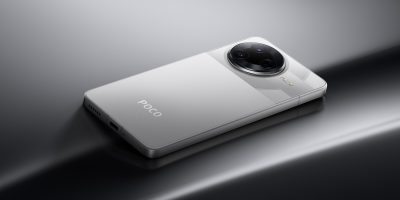
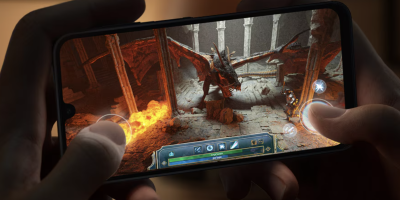

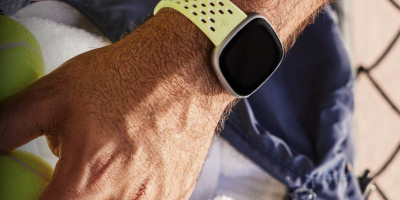
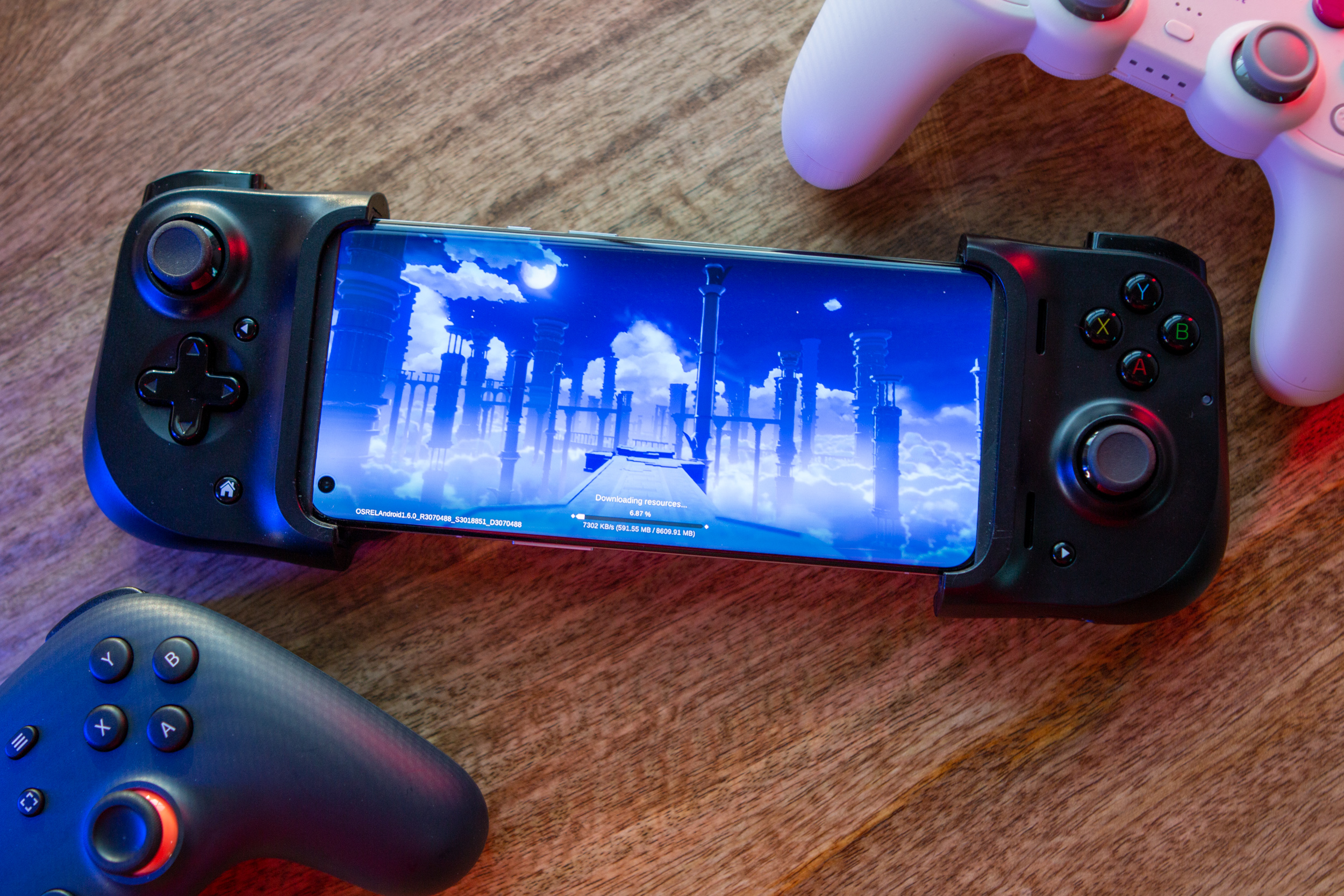



Comments